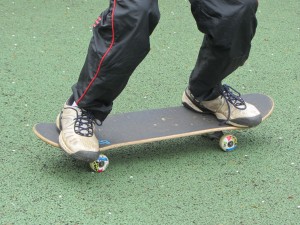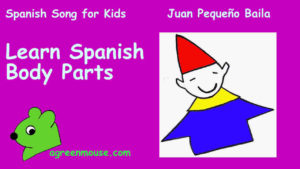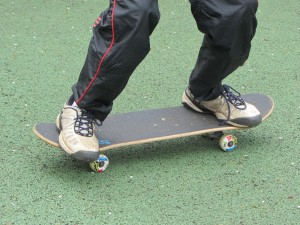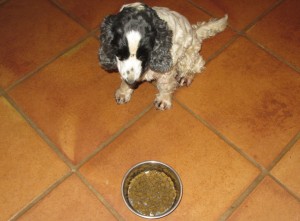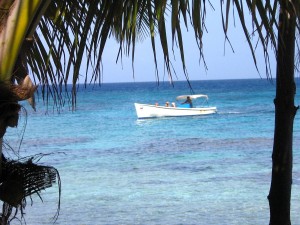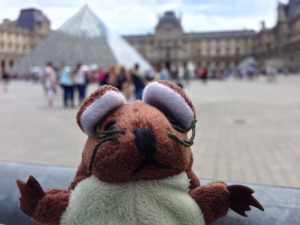Daily Routine in French Worksheet
KS3 French Daily Routine + Time Gap-fill Exercise linked to the following video clip, information about telling the time + verb list:
Daily Routine in French
The exercise is for reinforcement:
PDF Worksheet
+ Online Quiz
Convert the infinitive verbs into the 1st person present tense, and write down the time in French words throughout the exercise.
MA JOURNÉE
Salut! Je (être) _ _ _ _ _ _ _ _ Gonzague.
Raconte ta journée Gonzague!
Que fais-tu?
Je (se lever) _ _ _ _ _ _ _ _ _.
Je (se lever) _ _ _ _ _ _ _ _ (at 7) _ _ _ _ _ _ _ _ _ _ _ _ _ _ _ _ .
Je(s’habiller) _ _ _ _ _ _ _ _.
Je (s’habiller) _ _ _ _ _ _ _ _ _ (at 7.15) _ _ _ _ _ _ _ _ _ _ _ _ _ _ _ _ _ _ _ _ _ .
Je (faire) _ _ _ _ _ _ ma toilette.
Je (faire) _ _ _ _ _ _ _ ma toilette (at 7.30) _ _ _ _ _ _ _ _ _ _ _ _ _ _ _ _ _ _ _ _ _.
(At 7.45) _ _ _ _ _ _ _ _ _ _ _ _ _ _ _ _ _ _ _ _ _ _ _ _ je (manger) _ _ _ _ _ _ _ _ _ .
Je (prendre) _ _ _ _ _ _ _ _ le petit déjeuner.
Que fais-tu à huit heures?
Je (mettre) _ _ _ _ _ _ _ mes chaussures.
Je (prendre) _ _ _ _ _ _ _ _ mon sac à dos …
et je (aller) _ _ _ _ _ _ à l’école.
Que fais-tu à midi?
À midi je (manger) _ _ _ _ _ _ le déjeuner.
Tu rentres à la maison à quelle heure?
Je (rentrer) _ _ _ _ _ _ à la maison (at 3.45) _ _ _ _ _ _ _ _ _ _ _ _ _ _ _ _ _ _ de l’après-midi.
Je (jouer) _ _ _ _ _ _ _ avec le chien.
Et je (faire) _ _ _ _ _ _ du sport.
Oui, (at 4) _ _ _ _ _ _ _ _ _ _ _ _ _ _ je (faire) _ _ _ _ _ _ _ du sport.
Quand est-ce que tu fais tes devoirs?
Je (faire) _ _ _ _ _ _ _ mes devoirs (at 4.30) _ _ _ _ _ _ _ _ _ _ _ _ _ _ _ _ _ _ _ _.
(At 6) _ _ _ _ _ _ _ _ _ _ _ _ _ _ du soir je (travailler) _ _ _ _ _ _ _ .
Je (préparer) _ _ _ _ _ _ _ le dîner.
Et à sept heures, qu’est-ce que tu fais?
Quelquefois je (lire) _ _ _ _ _ _ _,
ou je (prendre) _ _ _ _ _ _ _ un bain!
Le dîner est (at 8) _ _ _ _ _ _ _ _ _ _ _ _ du soir.
Je (se coucher) _ _ _ _ _ _ _ _ _ vers (9) _ _ _ _ _ _ _ _ _ _ _ _ _ _ _ du soir.
Bonne nuit!
Bonne nuit Gonzague!
Answers can be checked by going to:
Daily Routine in French
